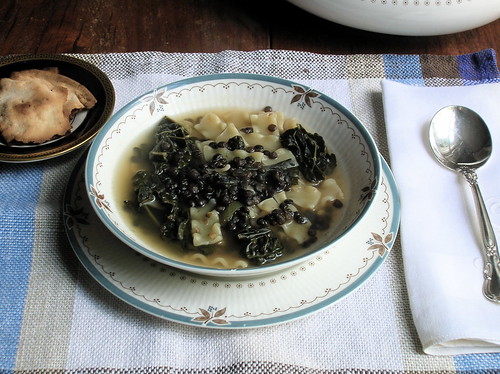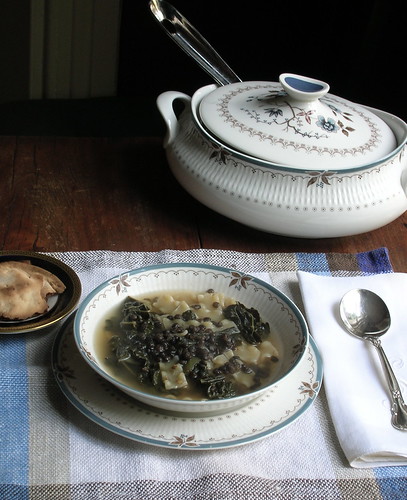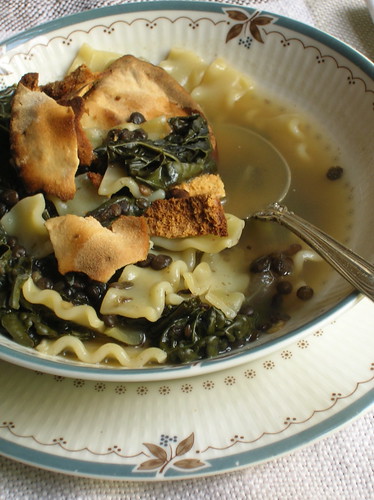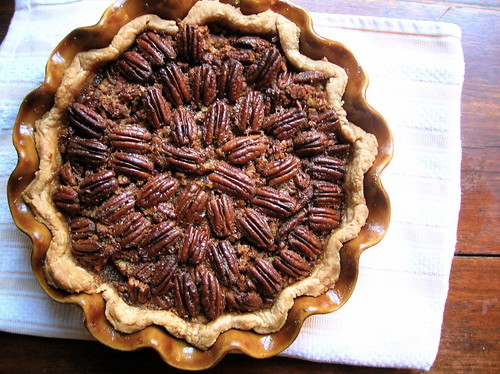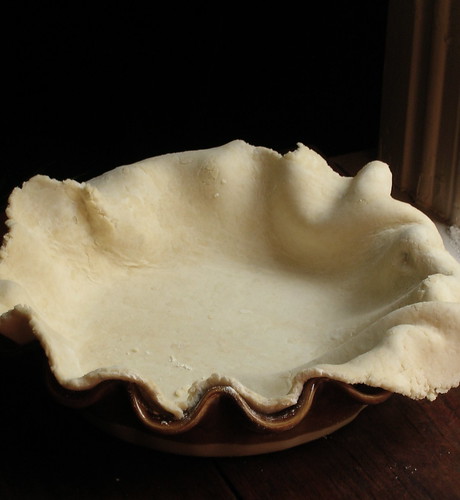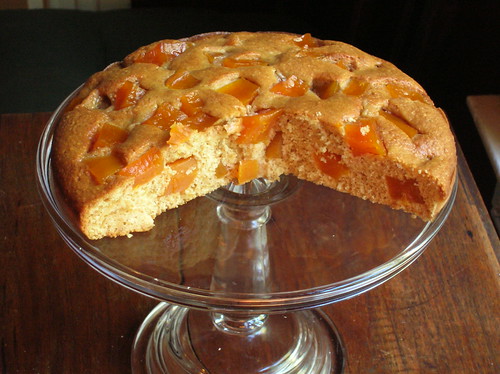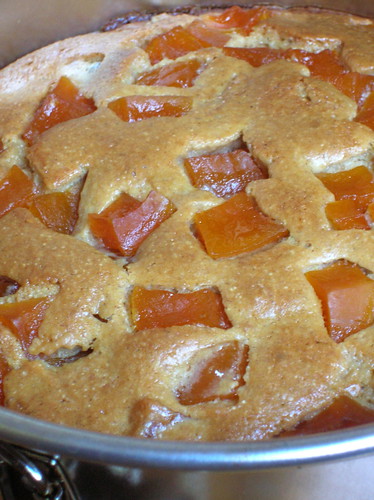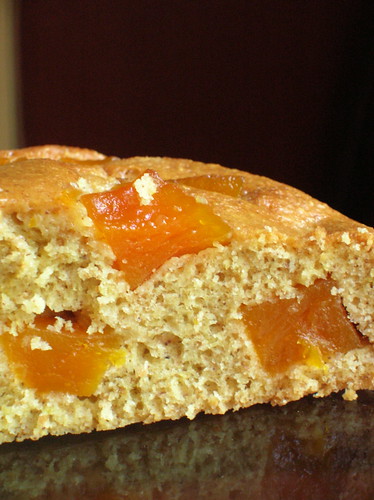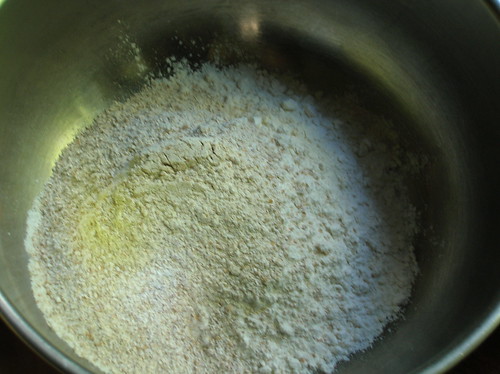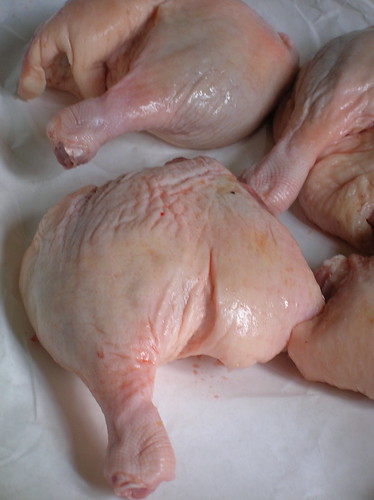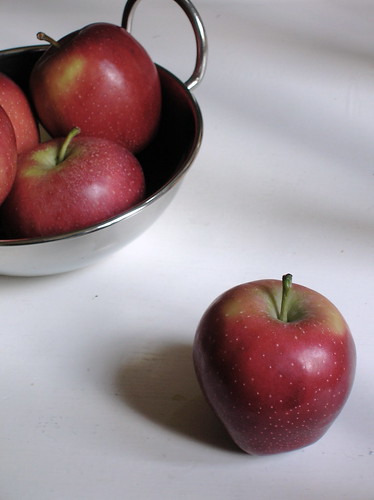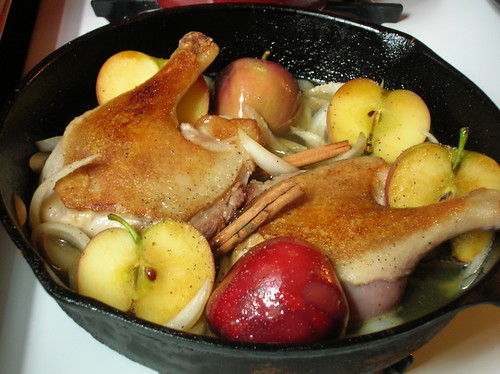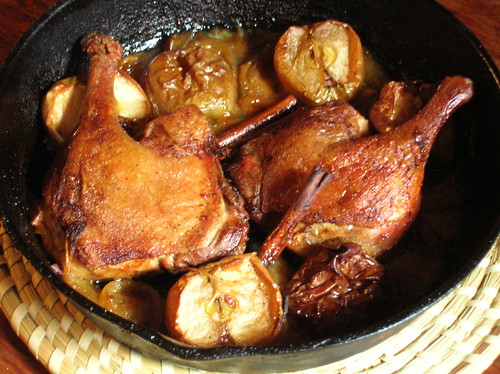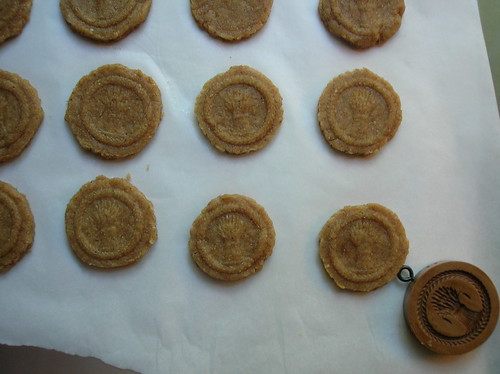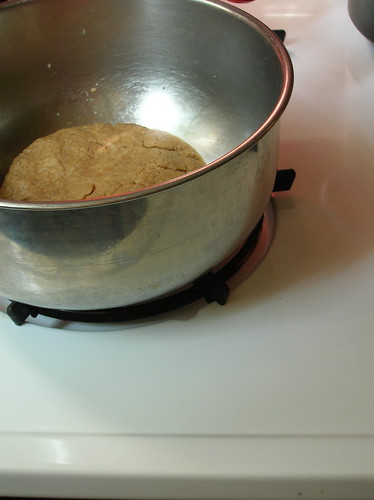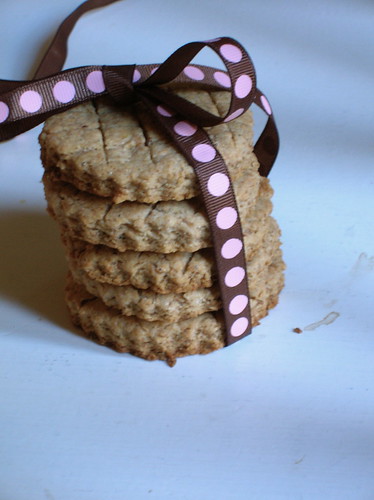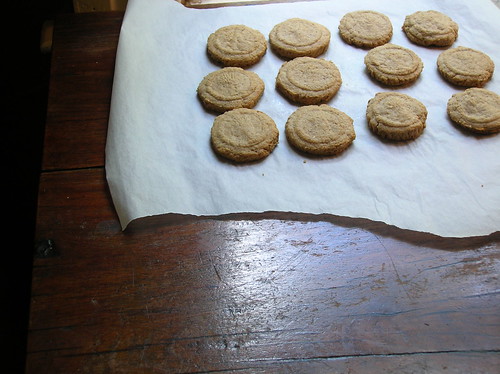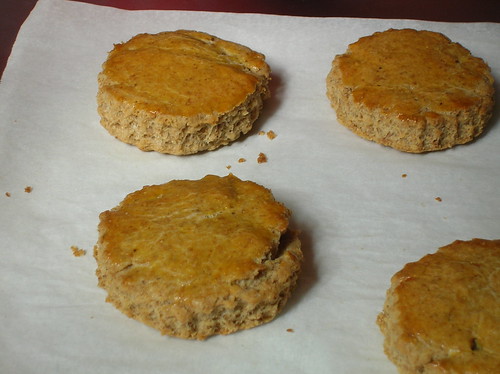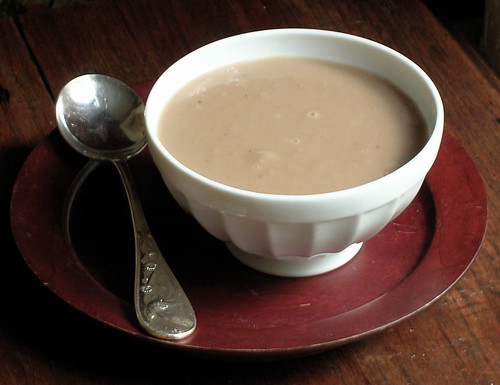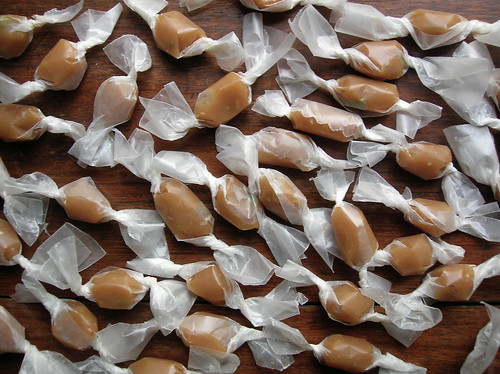 Oh my friends, all the news out there is bad these days, global warming, rising gas prices, dying bees, bird flu. If your tainted meat doesn’t kill you then your toys from China will. Aren’t you ready for a little bit of good news, a touch of holiday cheer? I certainly am, and you’re in luck because today I’ve got it. Perhaps you remember our dear friend, the poet, and his hives of honey bees? Last year, his hive suffered, the bees dying mysteriously like many other hives across America.
Oh my friends, all the news out there is bad these days, global warming, rising gas prices, dying bees, bird flu. If your tainted meat doesn’t kill you then your toys from China will. Aren’t you ready for a little bit of good news, a touch of holiday cheer? I certainly am, and you’re in luck because today I’ve got it. Perhaps you remember our dear friend, the poet, and his hives of honey bees? Last year, his hive suffered, the bees dying mysteriously like many other hives across America.We met for dinner recently, our purpose to rehash recent trips to the Middle East, but walking into Lebanese Taverna, he plunked down a giant, massive jar on the table. Honey! A quart of golden honey! Homemade honey so beguiling that I wanted to display it on the table all through dinner, though I eventually tucked it away so we wouldn’t confuse the waiters. Or get strange stares. And there’s the good news: not only are his bees alive and well, but they produced a record 18 gallons of honey this year. Eighteen gallons, I swoon with glee just imagining it.
Opening the jar at home, with its little swirl of white air bubbles on top, I considered the possibilities. After all, when faced with such a large jar of something, one tends to think big. My first thought was to make helva, that crumbly sweet made from tahini. But really, helva’s hard to make, unless you make the kind using flour, and I really didn’t want to do that. Then it struck me, why not make caramels with the honey, but instead of using cream or butter, as one usually does, I could use tahini. A helva-flavored caramel! A honey-nut caramel!

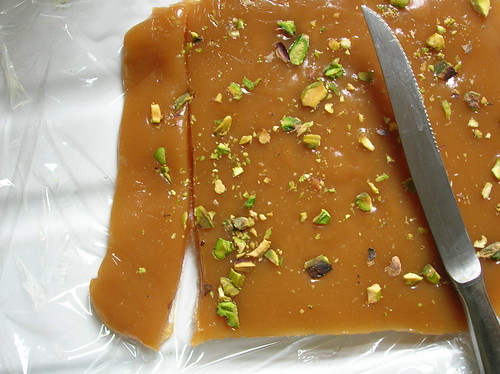
Making caramels is not exactly a beginners kitchen task as it involves boiling sugar syrup, but it is not a particularly difficult one either. You just need a candy thermometer, watch it closely, and follow the recipe. Personally, I find the whole chemistry aspect of it rather exciting. Whipping the tahini into the hot honey syrup, the whole house smelled like sweet toasted nuts. I poured it into a pan to cool, and pressed some chopped pistachios on top for crunch. Wrapping them was a bit of a messy proposition, but the bits that stuck to my fingers made a delicious snack, and there is something immensely satisfying about seeing that whole line of wrapped candies sitting on your counter.
And looking at them all, with their twisted wax paper ends and with December peeking around the corner, I realized I’m ready. I’m ready for the cooking and the shipping, the shopping and the sighing, the carols and the cold. I’m ready for the holidays, the travel and the hassle, the hustle and the bustle, the wrapping and the packing, and hopefully some snow. I’ll be getting into the holiday baking soon, and I’m sure these caramels will be part of it, I can’t think of a tastier way to share the good news and some holiday cheer. It’s a good thing we’ve got a lot of honey around.


Honey-Nut Caramels
I have a big bowl of these sitting in the fridge and I can’t help rooting around and finding the biggest one each time I open the fridge. You could use almonds in place of the pistachios or simply omit the nuts all together if you prefer.
1 1/2 cups honey
1/4 cup water
1 tbl lemon juice
1/2 teaspoon salt
1/2 cup tahini (sesame seed paste)
1/2 cup chopped pistachios
equipment: candy thermometer, parchment paper, wax paper
1. Line a square baking pan with parchment paper and grease the paper with some oil.
2. Place honey, water, lemon juice, and salt in a heavy bottomed saucepan and bring to a boil. Let boil over medium heat until it reaches hard ball stage, 260F on a candy thermometer (about 15-20 minutes).
3. Remove from the heat and quickly whip in the tahini. Pour the mixture into the prepared pan. Sprinkle the pistachios over the surface. Set aside in the refrigerator to cool and harden.
4. Use a greased knife to cut the caramels into pieces. (if they start to get soft or sticky, quick-chill them in the freezer before continuing). Wrap each piece in a square of wax paper and twist the ends to secure. Store in the refrigerator, as they tend to be a little melty at room temp.
____________________________________

